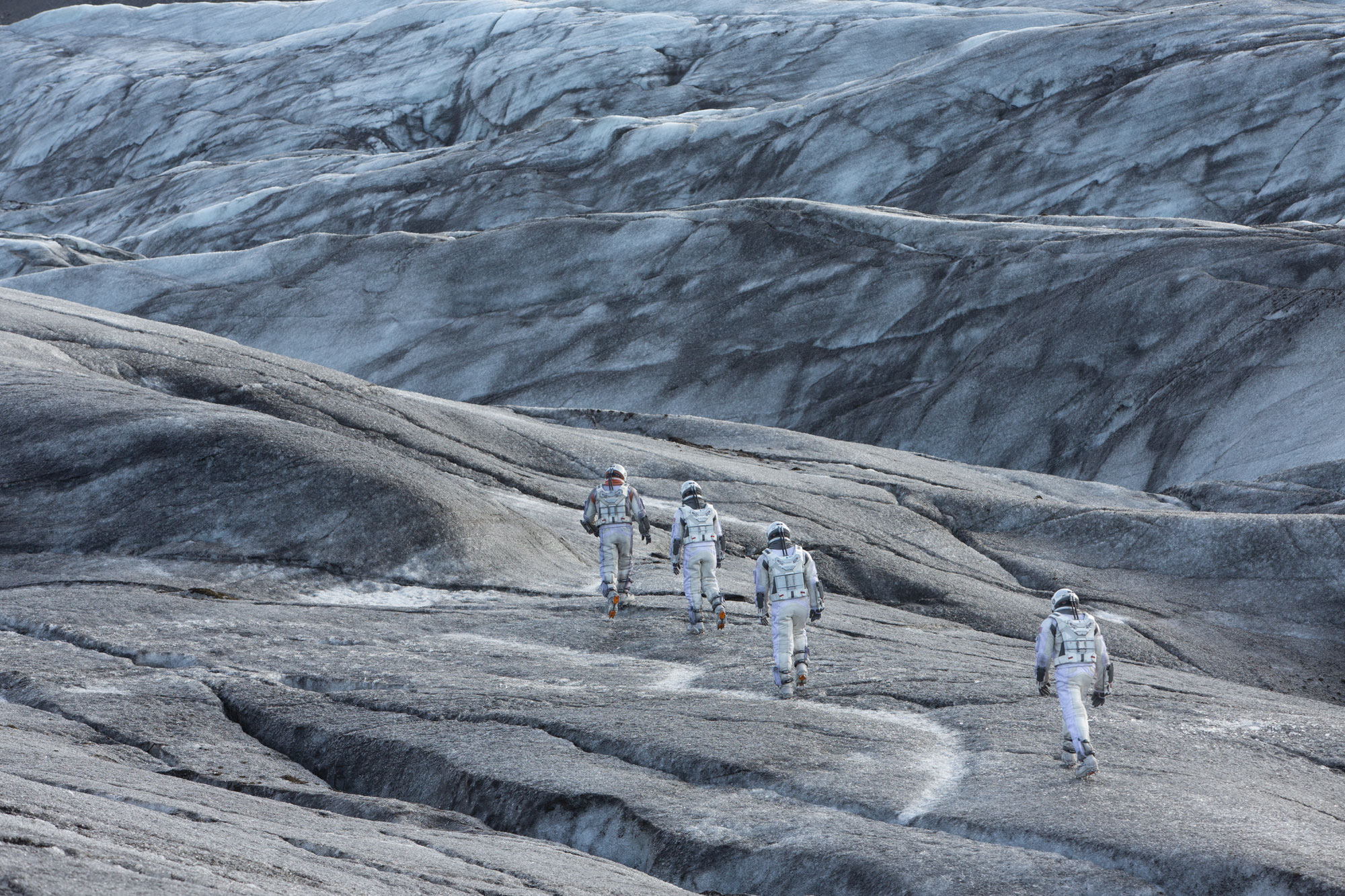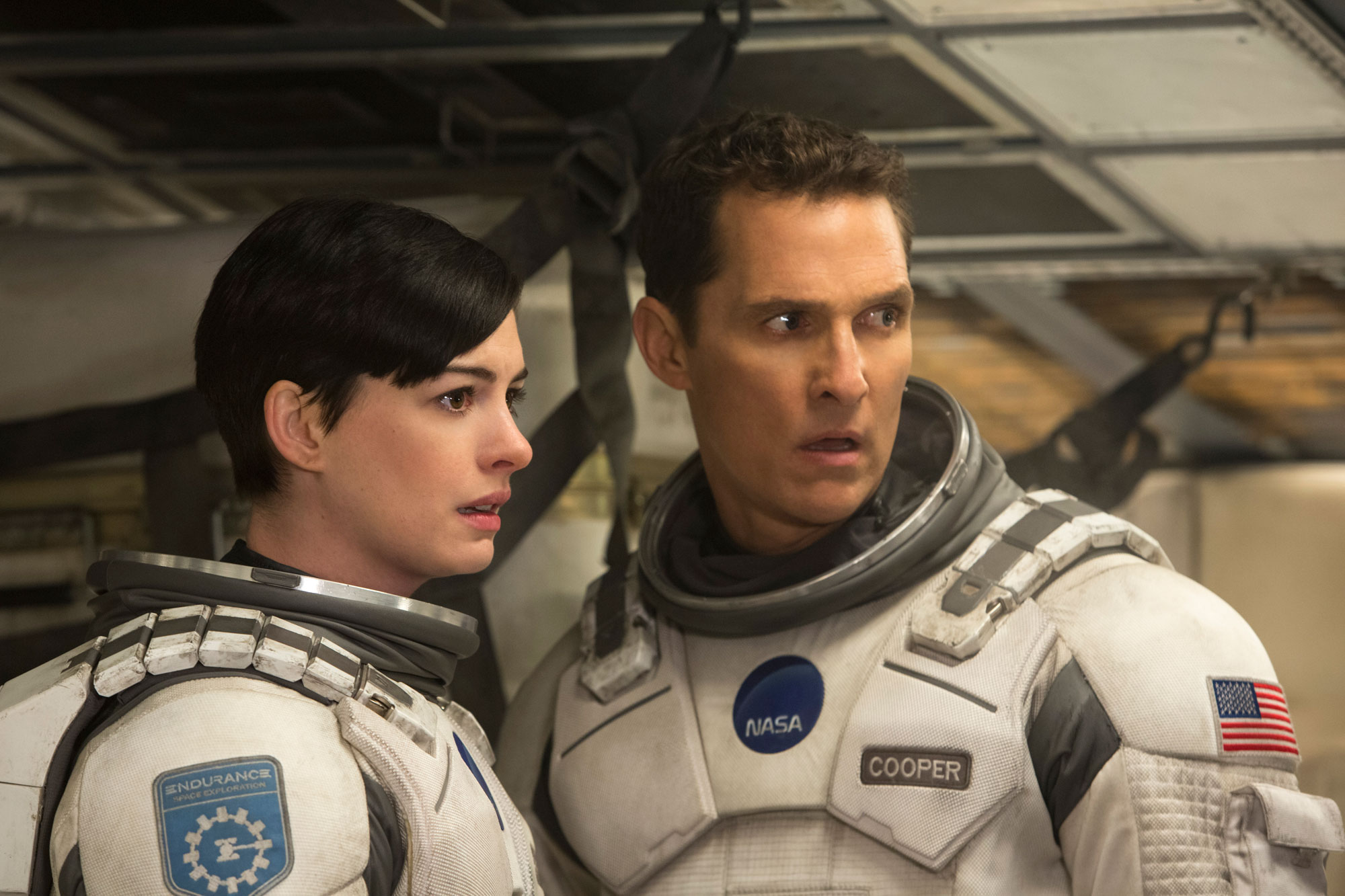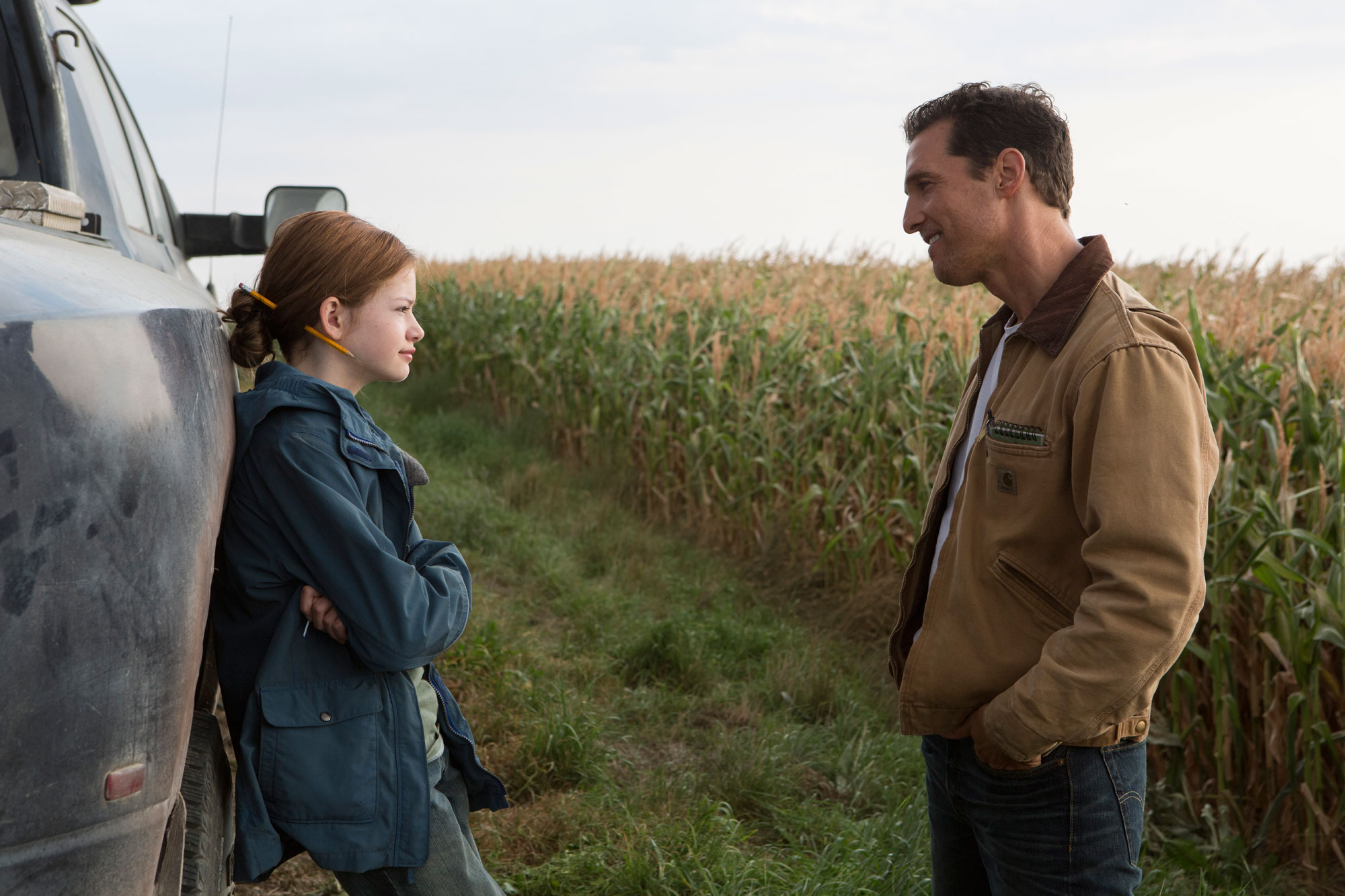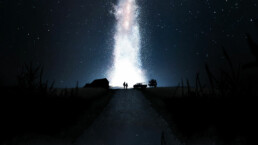Interstellar Explained

Interstellar is a film that absolutely captured my imagination. I've been thinking about this movie and trying to answer the questions it posed for a few months now.
I've read a number of articles and explanations online since its release, but none have really answered everything for me. So, I was fairly excited when I saw it show up on my Apple TV last Tuesday and I was able to watch it again.
Now, watching it the first time on an IMAX screen was truly transcending. This was a movie that IMAX was made for. It was beautiful both in look and sound. And while I wasn't able to replicate that experience at home I was able to pause, go back and re-watch several key scenes that unlocked this film for me.
FYI - major spoilers ahead. But seriously, why are you reading an article titled "Interstellar Explained" when you haven't even seen the film?

What is the Message of the Film?
When trying to answer questions about weird scenes, plot holes, the motivations of characters or why the director did this or that, you have to understand the overall context in which they live. You have to understand the themes and messages presented in the story.
One of the main themes the film explores is the power of love. It does this by examining a number of relationships including Cooper's relationship with his children, Amelia's relationship to Edmunds, the astronauts relationships between themselves, and humanity's relationship with itself.
That last one, I believe, is the key to unlocking the entire movie. Humanity wants to save itself. Self-preservation like love and gravity seem to be able to transcend time and space.
Sequence of Events
So, first we need to understand the basic plot of the story. Here is my bullet point snap shot of the whole thing.
- Earth is dying.
- Humanity comes up with two plans to save itself.
- Plan A will save the actual people on earth and transport them to a new planet.
- Plan B will colonize a new planet with test-tube humans.
- Both plans are plausible because of recent discoveries of gravitational anomalies and the appearance of a wormhole near Saturn.
- Twelve astronauts are sent through the wormhole to find new planets capable of sustaining humanity.
- At least three of those astronauts, which are fairly close to each other, ping back positive information.
- Four new astronauts are then sent to discover the best option.
- The first two planets they explored didn't work out. Enter evil Matt Damon.
- Everyone discovers that the government never thought Plan A was possible. Bummer. Everyone on earth is probably going to die.
- Because of resources used up in exploring the first two planets the new astronauts can either go back to earth or try out the last planet and implement Plan B.
- They decide to implement Plan B.
- In a hail-mary attempt they also decide to send a robot (Tars) into the black hole to try and solve the equation that would actually make Plan A still a possibility.
- Cooper realizes that their ship is too heavy and won't make it out of the black hole's gravity unless they shed some weight.
- He sacrifices himself and is sucked into the black hole along with Tars
- Instead of being sucked all the way in the black hole they end up in a weird construct of bookshelves. (More on this in a minute.)
- Tars can't transmit the data out of the black hole.
- Cooper is able to transmit the data back in time to his daughter using gravity.
- Murph uses the data and is able to get Plan A set in motion.
- Cooper is transported via wormhole out of the bookshelf construct back to near Saturn.
- Cooper reunites with his daughter who encourages him to finish the mission and reunite with Brand.
- Amelia Brand reaches Edmunds planet and starts the new human colony.
- Cooper sets off to find Brand.
- Roll credits and really cool Hans Zimmer score.
Love and gravity are the answer
So let's go a little deeper and get some answers.
What is up with crazy spaced out library?
The actual name for this construct is a "tesseract." This is kind of confusing if your only knowledge of that term (like mine) is that of the Avenger's tesseract and you're expecting some blue powerful glowing thing. In reality its a four dimensional analog of a cube that seems to go on forever.

Cooper and Tars pretty much explain everything about this place while they're in it.
Future humanity has constructed it specifically for Cooper. I believe they know he is the key to saving humanity. That leads to a couple questions we need to address.
If future humanity is knowledgable enough to construct wormholes and a time machine that lets you see and touch the past, why can't they just either send the correct info back themselves?
Even all-powerful future humans have limitations. They face the same problems our heroes face. Namely, space and time.
I believe the main antagonist in the film is not an actual character but time and space itself. Throughout the film the characters are trying to figure out how to eclipse the barriers put in their way by time and space.
- Time is running out for the people of earth
- The only options available are thousands of lightyears away
- The immense space limits communications
- The time slippage destroys relationships
- The physical space between Edmunds and Brand is devastating
- Future humanity can't connect with past humanity because of time
The only way for future humans to connect is to find something that transcends space and time. In the film we learn that there are two such things, gravity and love.
Future humans can use gravity to point the way as they did with the initial anomalies, the wormhole and the tesseract, but ultimately it is love that pulls present humanity to their salvation.

In a pivotal moment in the film Amelia says to Cooper:
data-animation-override>
“Love isn’t something we invented - it’s observable, powerful. Why shouldn’t it mean something?I’m drawn across the universe to someone I haven’t seen for a decade, who I know is probably dead. Love is the one thing we’re capable of perceiving that transcends dimensions of time and space.”
Cooper love for his daughter was they key. It was because of his love for her he kept trying. It was because of his love for her that she came back to the house. And it was because of the bond they shared that he knew she would find the watch and knew it meant something.
Love and gravity transcended time and space and was the medium future and present humanity used to save itself.
That then leads to the second question.
The B-theory of Time
How can future humanity provide the means to save present humanity? If present humanity doesn't have the way, future humanity wouldn't exist to send it to them.
We have ourselves a good old fashioned paradox. Well, we do if you subscribe to the A-Theory of time.
If you go with the B-theory of time, like Kip Thorne, an astrophysicist and executive producer of the film, then there is no paradox.

Early on the film gives us a clue to its position concerning time when Cooper is explaining to Murph about her name and its relation to Murphy's law.
data-animation-override>
“It means that whatever can happen, will happen.”
That is a fairly deterministic view of time and fits in perfectly with the B-theory of time which states that time is an illusion. The past, present and future are equally real, and that time is tenseless. This would mean that temporal becoming is not an objective feature of reality.
This is further illustrated inside the Tesseract where Cooper can see and interact with seemingly every point in time in that room. All are equally real and all are happening.
To better understand this, think of all moments throughout the history of the universe like inch marks on a yardstick. If you were able to step back and view the whole yardstick you would see that all the inch marks exist at the same time. The B-theory of time says that these inch marks are slices of "time."
In this view there was never a reality in which humanity did not save itself. The wormhole was always placed. Cooper always sacrificed himself to save Brand and he interacted with the Tesseract to send the message back to Murph.
It kind of takes the drama out of it, which is why it probably wasn't explicitly stated that way in the film.
The Ending
When Cooper is dragged into the Tesseract he doesn't know all of this at first. Before he realizes where he is he thinks that it has all been for nothing and realizing what he lost he implores Murph to get him to STAY.
Its only after Cooper realizes his "purpose" that he then sends the coordinates to NASA and then ultimately sends the black hole data to Murph.
These events are sequenced differently in the beginning of the film which leads to some confusion but actually illustrates that Cooper is operating under the B-theory of time as he can access any point in that bedroom.
From there I conjecture that Tesseract was also connected with the original wormhole as Cooper ends up outside of Saturn.
One thing that doesn't make quite sense is why Cooper would leave his family to continue to chase the mission. His daughter and what appears tons of grandchildren and great-grandchildren are present with them in the hospital. After all the time the film spent on the power of love and getting back to family it seems an odd choice for Cooper to leave again so quickly.
Conclusion
I think Interstellar was a wonderful film and I plan to write more about it. I believe there are some rich theological truths we can glean even though the film takes a very naturalistic position. We'll explore those in the future.
For now, allow it to excite your imagination and wonder at the beauty of creation


